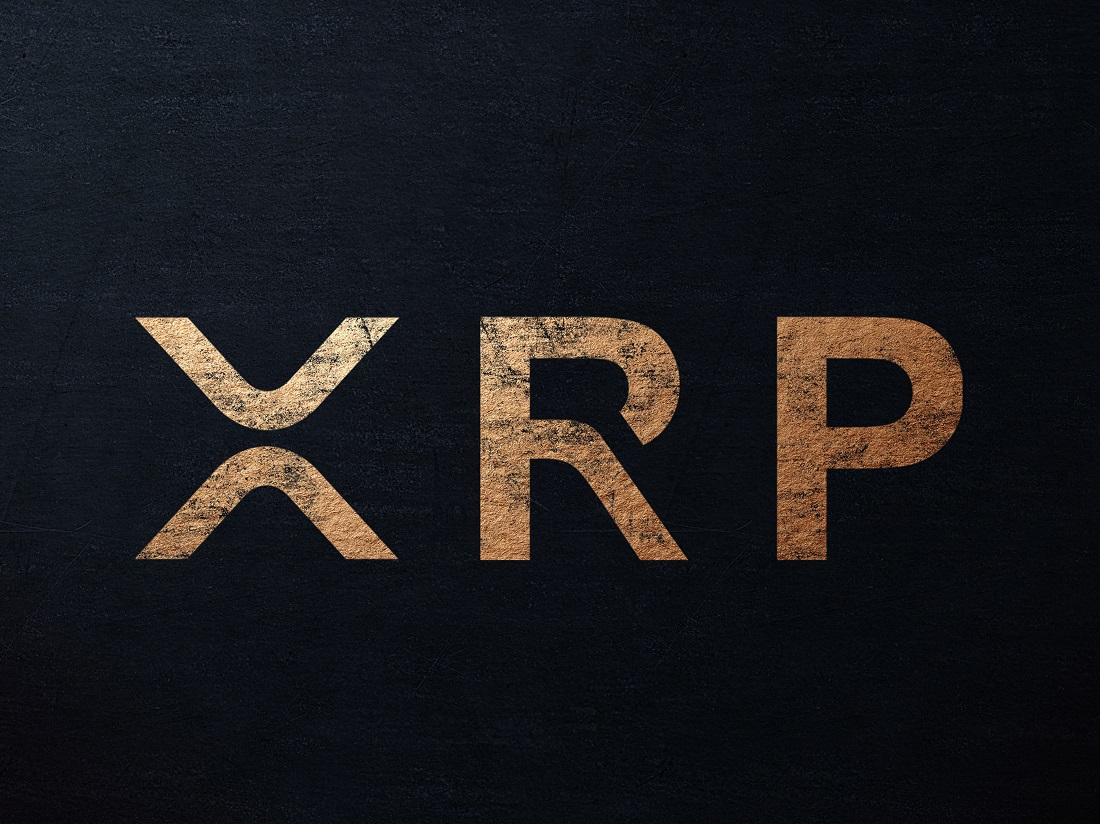
2020-11-7 21:09 |
The vast majority of cryptocurrency investments require some degree of risk tolerance, with the greater the risk often bringing with it the greatest rewards, but also the highest chance of potential losses.
When using stablecoins, the risk of incurring losses due to volatility is minimized, making them an attractive store of value. But on top of this, stablecoin users now have multiple potential investment options to generate a profit on their holdings, helping them grow their portfolio with little risk.
Here, we examine three potential options at three different risk categories.
Low Risk: Mint and Use CHIP Stablecoins
For those just beginning to turn their hand at generating profit using their stablecoin portfolio, low risk options are likely the best way to go for the risk averse.
Arguably one of the lowest risk options to turn a profit is through staking. This is essentially the process of locking up assets for a fixed period of time to help contribute to the security of a blockchain and/or reduce the circulating supply. In return, participating individuals earn a regular reward paid out by the network or its delegator nodes.
Though most cryptocurrencies that offer this feature are inherently volatile, a recently launched stablecoin solution known as CHIP recently became the first yield-generating USD-pegged cryptocurrency. Unlike other stablecoins which are backed by fiat, CHIP is instead backed by other stablecoins like Tether (USDT) and DAI.
BXTB tokens can be held in the official wallet. (Image: BXTB)Users can mint CHIP tokens by staking another token known as BXTB along with supported stablecoins using the BXTB platform. In return, the user will receive yBXTB (activated BXTB) along with CHIP tokens. This process can be reversed, allowing the user to burn their CHIP tokens to retrieve their stablecoin deposit.
By holding the yBXTB tokens gained from minting CHIP, users will earn a fraction of fees generated by CHIP transactions on BXTB’s custom proof-of-capacity (POC) yield chain. Since these fees are paid out directly by the network, there is practically zero risk associated with this method.
For an additional source of revenue, these CHIP stablecoins could then be used with various yield-providing DeFi protocols.
Low-Medium Risk: Provide Liquidity to Stablecoin Pools
With the advent of decentralized finance (DeFi), business options that were once reserved for well-heeled investors, large companies and institutions — such as decentralized insurance, lending, and early-stage business investments — have now become accessible to practically anybody.
Out of this surge of innovation in DeFi emerged a wide variety of platforms known as automatic market makers (AMMs). These are essentially decentralized exchange platforms that allow regular users to contribute liquidity to one or more liquidity pools, which are used to fund exchanges initiated by users of the protocol.
With centralized exchanges, this role would typically be allocated to specialized market making firms, who would enjoy reduced trading fees and a share of the spread as an incentive for providing liquidity. But with AMMs, cryptocurrency users can now simply deposit their assets to a selected liquidity pool and become liquidity providers (LPs) — earning a chunk of the fees collected by the platform for doing so.
When providing liquidity for volatile assets LPs would often need to factor in impermanent losses (IL) when calculating the profitability of the practice. But with stablecoin-stablecoin liquidity pools, ILs are often neglible, making them a much safer way to turn a profit on stablecoin holdings.
The exact amount you can earn by doing this can vary considerably based on the pool and protocol you choose, but two of the most popular options — Uniswap and Curve — offer 0.3% and 0.04% of the trade size in fee respectively to LPs. But these figures need to be considered in the context of trading volume and liquidity pool size to better gauge which is most profitable to use.
Medium-High Risk: Trade Stablecoins on Leverage
When cryptocurrency investors begin cryptocurrency trading, they typically look to highly volatile assets like Bitcoin (BTC) and Ethereum (ETH) first, due to the potential profitability that can come with buying and selling these assets at the right time during their recurring price swings.
However, given that these assets frequently enter into a medium to long-term bearish trend, both new and experienced traders can end up losing money when they are forced to sell for less than they paid — or when their stop loss gets triggered by an erratic market move.
For those that are more risk averse, but still want to turn a sizeable profit with trading, then stablecoin to stablecoin trading can represent an attractive alternative option. Since stablecoins are designed to experience limited volatility, these stablecoin-stablecoin trading pairs typically experience only minor price fluctuations, which can make them difficult to profit from — particularly for those trading with limited volume.
USDT/BUSD chart (Image: Binance)Nowadays, dozens of cryptocurrency exchange platforms now list stablecoin to stablecoin trading pairs, and many of these now allow users to trade on margin, allowing these users to multiply their exposure to stablecoin volatility to increase the earning power of their capital.
When applied to stablecoin-stablecoin trading pairs, margin trading represents an excellent opportunity to multiply the effective volatility of stablecoins to increase the profitability of trading them. And since stablecoins are in a constant state of flux, there are always opportunities to create profitable trades when using leverage.
origin »RiskCoin (RISK) на Currencies.ru
|
|





























